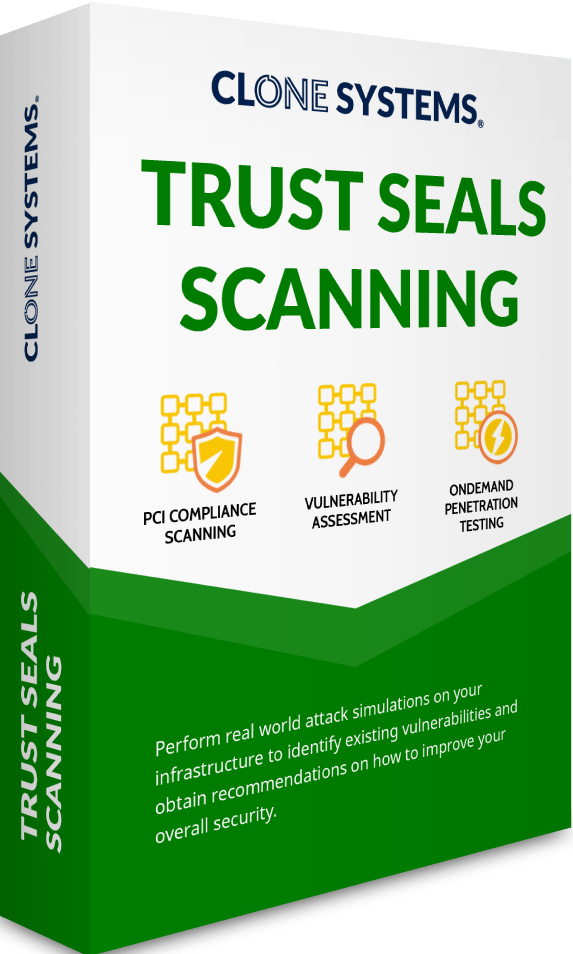
Secure your online business and earn your own certified trust seal for $175 /year
The website has successfully passed an extensive penetration test, in which our next-gen assessment technology was unable to successfully exploit any significant vulnerabilities. The infrastructure, application, and operating system of the website were continuously targeted during the testing phase in an effort to find and exploit flaws. By passing a penetration test the website's owner is demonstrating that significant steps were taken to protect itself and its users against advanced cyber-attacks. The following steps were performed during the penetration test process:
The website (URL) has successfully passed an approved security scan that's been authorized by all major credit card brands in accordance with the PCI DSS security standard. The passing result indicates that the site is secure to process credit card information and has adequate protection to do so.
The specific tests performed during the ASV scan include:
The website has passed a comprehensive vulnerability assessment, and the results of the scan did not identify any significant vulnerabilities that could be exploited by an attacker. The scan attempted to identify potential security weaknesses in the website's infrastructure, application or operating system. Various industry standards, including OWASP, SOX, SOC2, and others are followed during the scan process.

